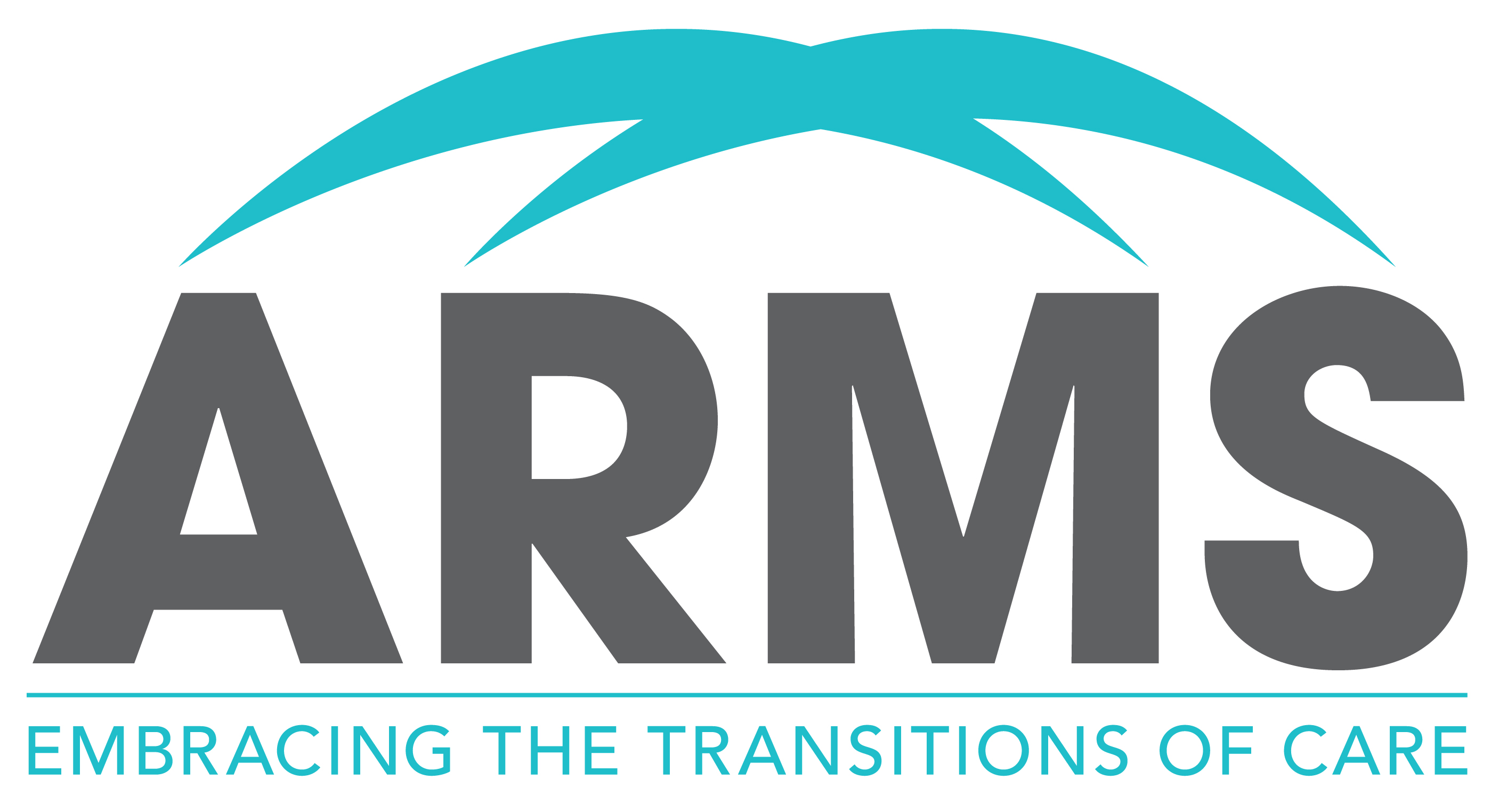The main goal for any short-term rehabilitation is a successful recovery that allows you, the patient, a safe transition back to your home. In order to reach this goal, there are many things to consider and a whole team of people that will be working together to help you reach that goal. There are 5 key items to increase the chance of a successful return.
Step 1 — Request a Care Conference
Upon admission to a nursing facility, you should request a care conference. At this meeting, establish your goals for discharge to home. Understand that your health care needs may extend beyond your facility stay, so try to learn about your options for home health care services. Ask to meet with representatives from the home health providers of your choice. If you don’t have a preference, ask for the medical director’s top three preferred providers for continuing home health care. The advantage of establishing a relationship early is that they can then play an active role in planning for your discharge to home.
Step 2 — Plan a Home Evaluation
Request completion of a home evaluation by your short-term rehab staff at least one week prior to your anticipated departure. Ask family members or friends/neighbors to attend in order to better evaluate what type, and how much assistance, you will need when you return home. Determine if you will need any durable medical equipment (also referred to as DME—things like walkers or wheelchairs) to safely transition back to home.
Step 3 — Request a Discharge Plan Conference
Request a discharge planning conference to be held 72 hours before you go home. Ask for all disciplines (medical, nursing and therapy) to be in attendance at this meeting in order for you and your family to have a complete understanding of what health and mobility goals you have met and what goals you are still working to reach. Request that your selected home health provider be in attendance to help facilitate your transition home. And, make sure any DME that you need has been ordered prior to your discharge date. If an ambulatory aid is required, make sure it is delivered to the nursing facility before you leave so you have had the opportunity to practice with it while you are still surrounded by caregivers.
Step 4 — Schedule a Follow-up Primary Care Visit
Make sure your nursing facility has scheduled a follow-up appointment for you with your primary care physician and has forwarded your rehabilitation report to that physician. Ideally, your appointment with your primary care physician should take place within 7 – 10 days of your return home. You have the ability to make your own appointment, of course, but it is critical to have the appointment made before you leave the rehab. There may be many changes in your care since your last visit with your primary care doctor, so re-engaging with her/him is critically important to your ongoing recovery. If you are concerned about transportation or your ability to get to the doctor’s office, consider a transition visit with a house call provider, like INHouse Primary Care.
Step 5 — Obtain a Complete and Accurate Medication List
Last, but not least, discuss the facility’s policy for medication/prescription distribution upon discharge. Typically, a nursing facility can send a two-week prescription for medications with you when you are discharged to home. Make sure they also send a medication list with you so you can share it with your primary care physician at your scheduled visit. The importance of knowing your medications is reviewed in Dr. Sparzo’s blog, “It’s Your Medication List—Own It.”
Most patients are excited to get back home after a short-term rehab stay, but it’s important not to rush the process and ensure that home is a safe place for you to be. Be prepared and have a good support system in place to make your transition back to home a success.



No comments yet.